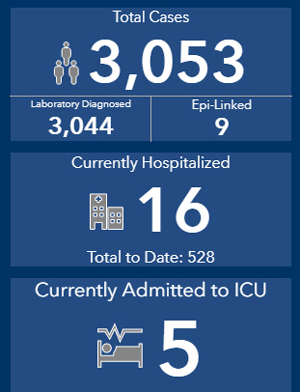Friday July 10, 2020 ~ VICTORIA, BC
by Mary P Brooke, B.Sc. ~ West Shore Voice News
The COVID-19 case count in BC shot up by 25 cases today July 10, on the tail of 20 new cases yesterday, and 18 cases the day before that. The virus is far from gone in BC.
Signs of ‘fatigue’ are seen as people get on with their lives with perhaps less attention to the physical distancing, hand washing and wearing of a mask that is shown to produce results in preventing spread of the COVID-19 coronavirus.
The total case tally now stands at 3,053. Of those, 187 are active cases with 16 people in hospital (five in ICU). Recovered cases number as 2,679.
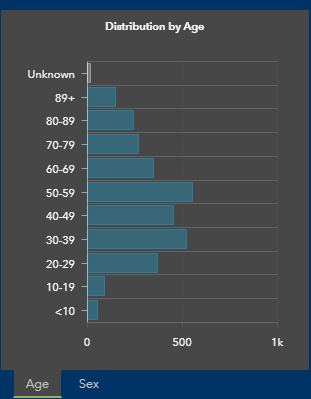
Age categories:
No age group is immune to the COVID-19 infection. It’s a serious disease at any age, said Dr Henry this week.
The case count shows a steadily increasing number of infections in children and youth, now standing at 142 (50 under age 10, and 92 in ages 10 to 19).
In the age 20 to 29 grouping — a demographic that appears to be actively socializing — there are 371 cases.
The mid-adult age grouping as a cluster (1,524 cases among ages 30 to 59) has more cases than the seniors and elderly (1,002 cases for age 60+).
| Age Group (years) | Cases Count in BC [July 10, 2020] |
| Children & Teens | 142 (50 age <10 yrs; 92 age 10 to 19 yrs) |
| 20 to 29 | 371 |
| 30 to 39 | 521 |
| 40 to 49 | 450 |
| 50 to 59 | 553 |
| 60 to 69 | 346 |
| 70 to 79 | 268 |
| 80 to 89 | 241 |
| 89+ | 147 |
Geographic distribution:
Since the start of the pandemic, there have been 990 cases of COVID-19 in the Vancouver Coastal Health region, 1,610 in the Fraser Health region, 135 in the Island Health region, 202 in Interior Health, 65 in the Northern Health region (a number that has remained stable for weeks), and 51 cases of people who reside outside of Canada (this is a new statistical category).
On Vancouver Island there are 135 cases today (two new cases since yesterday) with no one in hospital for COVID-19.
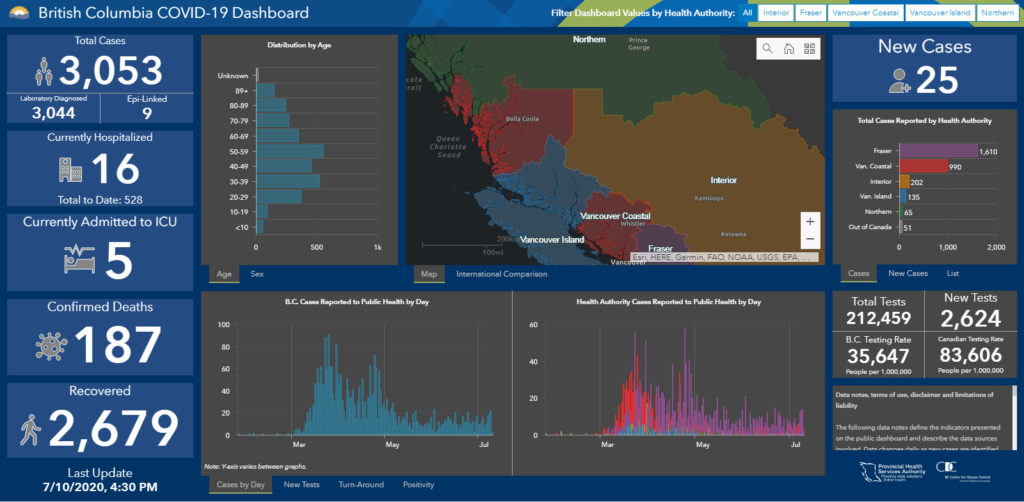
As of July 9, the BC Centre for Disease Control is reporting separately on COVID-19 cases in individuals whose primary residence is outside of Canada. Previously, these cases were assigned to the health authority that reported the case.
Deaths in BC:
There is one new COVID-19 death today (in the Vancouver Coastal Health region), bringing the BC total to 187. The majority of deaths have occurred among residents in long-term care.
Outbreaks:
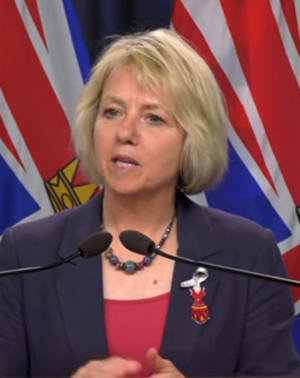
There have been no new health-care facility outbreaks as of July 10. In total, two long-term care or assisted-living facilities and one acute care facility have active outbreaks: Holy Family Hospital long-term care facility in Vancouver Coastal, and Maple Hill long-term care facility in Fraser Health.
“While there are no active community outbreaks in BC,” was the statement at 3 pm issued by Provincial Health Officer Dr Henry and Health Minister Adrian Dix. “However, new cases and community exposure events continue to occur in the community.”
However by the dinner hour, there was an advisory that some contact-tracing in Kelowna has been so far unsuccessful; an outdoor market was the locale of infection addressing anyone who attended public and private gatherings in the downtown and waterfront areas over 12 days this summer.
- Interior Health says eight people who have tested positive for the coronavirus attended private gatherings in the area and visited local bars and restaurants in Kelowna between June 25 and July 6.
- Events that took place on Canada Day and over the holiday weekend are of particular concern, according to a news release.
Three Cs:

“As we continue through summer, simple steps will help us to keep COVID-19 low and slow in British Columbia. When spending more time with friends and family — whether that is close to home or on vacation elsewhere in the province — we remind all British Columbians to avoid closed spaces, crowds and close contact with others,” said Dr Henry and Minister Dix in their joint statement.
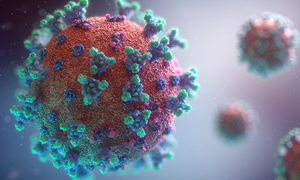
The catch phrase to remember this is “the three C’s”: avoid closed spaces, crowds, and close contact.
Remembering to ‘layer up’:
The standard protective measures were given as a reminder, with the more layers of protection used, the safer a person and community will be.
“Let’s all layer up,” is the messaging now. That includes washing hands regularly, using direct contact barriers (such as plexiglass in stores and restaurant), staying a safe distance from others (generally recommended as one to two meters), and using a mask when safe distancing is challenging.
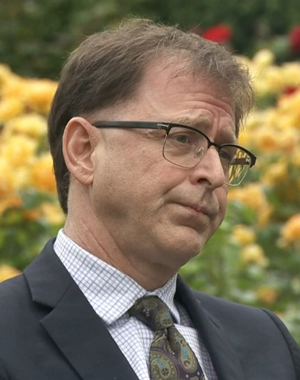
“The actions you take every day make a difference and will help to protect all of us,” was today’s version of the same reminders that the virus is still very much active in communities.
For weeks, Health Minister Adrian Dix has been reminding — imploring — everyone to be “one hundred percent all in” to continuing the many efforts that British Columbians have been doing to flatten the curve of COVID-19 infection in this province.
Waiting for a treatment or vaccine:
The virus has not ‘gone back into nature’, and the mantra is that people and economies are waiting until there is “an effective treatment or a vaccine” against COVID-19. That could take one to two years or longer, given the process of developing a vaccine, testing it, and if there is success with that then manufacturing it and further to see it distributed and administered to an adequate degree that will bring back people’s confidence to re-engage fully in the economy.
Economic impacts:
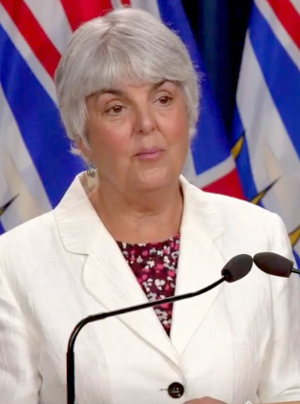
Economically, hardest hit in BC is the service sector, and more specifically the tourism sector in the south Vancouver Island area.
There has been a total net loss of 235,000 jobs since the pandemic hit, said BC Finance Minister Carole James today.
“There will continue to be challenges,” said Minister James. The overall unemployment rate in June was 13% (far higher than where it was at 4% in February before the full pandemic impacts began). She notes that youth unemployment is at 29%, and that women needing child care support are facing challenges in getting back to work.
“Women are more likely to have lost their job due to COVID-19 than men,” says Minister James. The service, tourism and retail sectors which are hard-hit now in the pandemic are the sectors that generally employ a large number of women.


